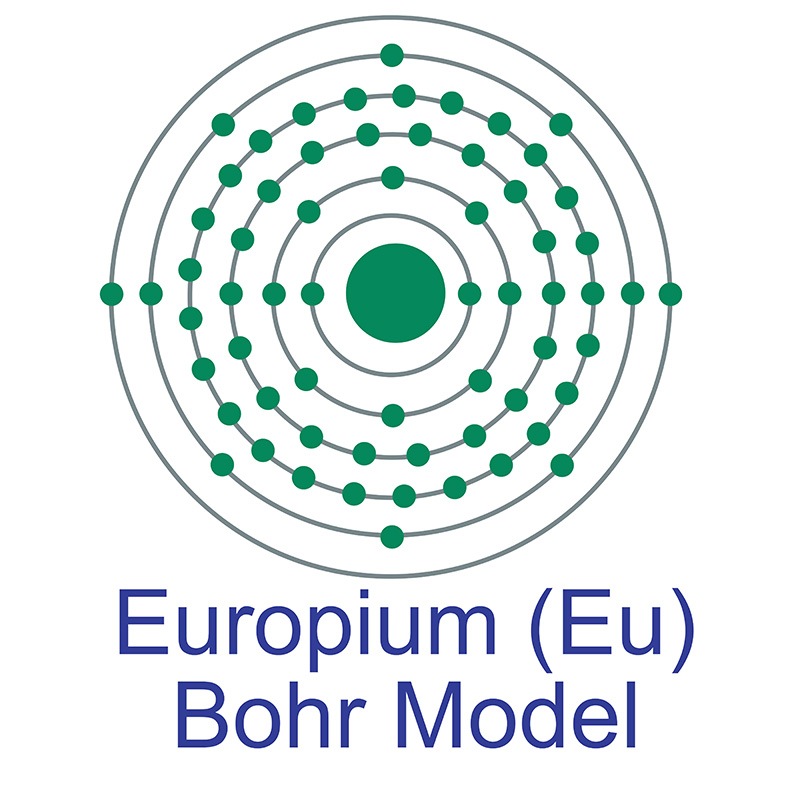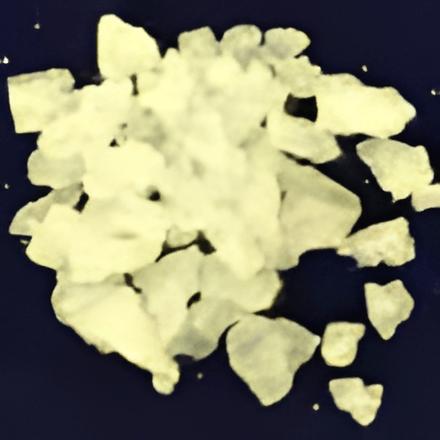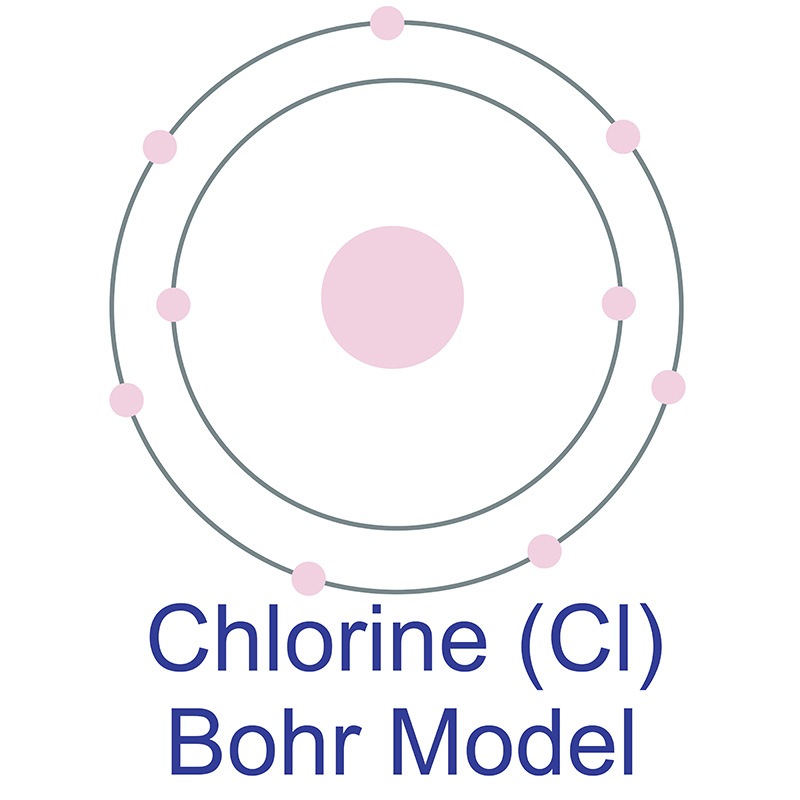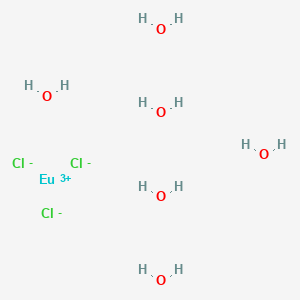SECTION 1. IDENTIFICATION
Product Name: Europium Chloride
Product Number: All applicable American Elements product codes, e.g. EU-CL-02-P.6HYD
, EU-CL-03-P.6HYD
, EU-CL-04-P.6HYD
, EU-CL-05-P.6HYD
CAS #: 13759-92-7
Relevant identified uses of the substance: Scientific research and development
Supplier details:
American Elements
10884 Weyburn Ave.
Los Angeles, CA 90024
Tel: +1 310-208-0551
Fax: +1 310-208-0351
Emergency telephone number:
Domestic, North America: +1 800-424-9300
International: +1 703-527-3887
SECTION 2. HAZARDS IDENTIFICATION
OSHA Haz Com: CFR 1910.1200: Not classifiable
Signal word: None
Hazard Statement(s): None
Pictogram(s) or Symbol(s): None
Precautionary Statement(s): None
Supplementary Information: While this material is not classified as hazardous under OSHA, this SDS contains valuable information
critical to safe handling and proper use of the product. This SDS should be retained and available for
employees and other users of this product.
SECTION 3. COMPOSITION/INFORMATION ON INGREDIENTS
Substance/Mixture: Substance
Components: Europium(III) Chloride Hexahydrate
Percent: >96.0%(T)
CAS Number: 13759-92-7
Molecular Weight: 258.31(Anh)
Chemical Formula: EuCl3·6H2O
SECTION 4. FIRST AID MEASURES
Inhalation: Move victim to fresh air. Call emergency medical service. Give artificial respiration if victim is not breathing.
Administer oxygen if breathing is difficult. Keep victim warm and quiet. Treat symptomatically and
supportively. Ensure that medical personnel are aware of the material(s) involved and take precautions to
protect themselves.
Skin contact: Remove and isolate contaminated clothing and shoes. In case of contact with substance, immediately
flush skin with running water for at least 20 minutes. Treat symptomatically and supportively. Ensure that
medical personnel are aware of the material(s) involved and take precautions to protect themselves.
Eye contact: Move victim to fresh air. Check for and remove any contact lenses. In case of contact with substance,
immediately flush eyes with running water for at least 20 minutes. Keep victim warm and quiet. Treat
symptomatically and supportively. Effects of exposure to substance may be delayed. Ensure that medical
personnel are aware of the material(s) involved and take precautions to protect themselves.
Ingestion: If a person vomits place them in the recovery position so that vomit will not reenter the mouth and throat.
Rinse mouth. Keep victim warm and quiet. Loosen tight clothing such as a collar, tie, belt or waistband. If
swallowed, seek medical advice immediately and show the container or label. Treat symptomatically and
supportively. Ensure that medical personnel are aware of the material(s) involved and take precautions to
protect themselves. Effects of exposure (ingestion) to substance may be delayed.
Symptoms/effects:
Acute: No data available
Delayed: No data available
Immediate medical attention: If breathing has stopped, perform artificial respiration. Use first aid treatment according to the nature of the
injury. Ensure that medical personnel are aware of the material(s) involved and take precautions to protect
themselves.
SECTION 5. FIREFIGHTING MEASURES
Suitable extinguishing media: Dry chemical, CO2 , water spray, or alcohol-resistant foam. Consult with local fire authorities before
attempting large scale fire fighting operations.
Specific hazards arising from the chemical
Hazardous combustion products: These products include: Halogenated compounds
Other specific hazards: WARNING: Highly toxic HCl gas is produced during combustion.
Special precautions for fire-fighters:
Not available
Special protective equipment for fire-fighters:
Structural fire fighters' protective clothing provides limited protection in fire situations ONLY; it may not be effective in spill situations.
SECTION 6. ACCIDENTAL RELEASE MEASURES
Personal precautions: Do not touch damaged containers or spilled material unless wearing appropriate protective clothing
(Section 8).
Personal protective equipment: Wear protective clothing, gloves and eye protection.
Emergency procedures: In case of a spill and/or a leak, always shut off any sources of ignition, ventilate the area, and excercise
caution.
Methods and materials for containment and cleaning up:
Dike far ahead of liquid spill for later disposal.
Environmental precautions:
Prevent entry into sewers, basements or confined areas.
SECTION 7. HANDLING AND STORAGE
Precautions for safe handling: Provide appropriate exhaust ventilation at places where dust is formed. Normal measures for preventive
fire protection. Follow safe industrial hygiene practices and always wear proper protective equipment when
handling this compound.
Conditions for safe storage: Keep container tightly closed in a dry and well-ventilated place. Store under inert gas (e.g. Argon).
Hygroscopic material, store in a tightly sealed container.
Storage incompatibilities: Store away from oxidizing agents
SECTION 8. EXPOSURE CONTROLS/PERSONAL PROTECTION
Exposure limits: No data available
Appropriate engineering controls:
Good general ventilation should be sufficient to control airborne levels. Eyewash fountains should be provided in areas where there is any possibility that
workers could be exposed to the substance. Follow safe industrial engineering/laboratory practices when handling any chemical.
Personal protective equipment
Respiratory protection: Dust respirator. Be sure to use a MSHA/NIOSH approved respirator or equivalent.
Hand protection: Wear protective gloves.
Eye protection: Safety glasses.
Skin and body protection: Lab coat.
SECTION 9. PHYSICAL AND CHEMICAL PROPERTIES
Physical state (20°C): Solid
Form: Crystal - Powder
Color: White - Almost white
Odor: No data available
Odor threshold: No data available
Melting point/freezing point: No data available
Boiling point/range: No data available
Decomposition temperature: No data available
Relative density: No data available
Kinematic Viscosity: No data available
Partition coefficient: No data available
n-octanol/water (log Pow)
Flash point: No data available
Flammability (solid, gas): No data available
pH: No data available
Vapor pressure: No data available
Vapor density: No data available
Dynamic Viscosity: No data available
Evaporation rate: No data available
(Butyl Acetate = 1)
Autoignition temperature: No data available
Flammability or explosive limits: No data available
Lower: No data available
Upper: No data available
Solubility(ies):
SECTION 10. STABILITY AND REACTIVITY
Reactivity: Not Available.
Chemical Stability: Stable under recommended storage conditions. (See Section 7)
Possibility of Hazardous Reactions: No hazardous reactivity has been reported.
Conditions to avoid: Avoid excessive heat and light.
Incompatible materials: Oxidizing agents
Hazardous Decomposition Products: No data available
SECTION 11. TOXICOLOGICAL INFORMATION
RTECS Number: LE7600000
Acute Toxicity:
No data available
Skin corrosion/irritation:
No data available
Serious eye damage/irritation:
No data available
Respiratory or skin sensitization:
No data available
Germ cell mutagenicity:
No data available
Carcinogenicity:
No data available
IARC: No data available NTP: No data available OSHA: No data available
Reproductive toxicity:
No data available
Routes of Exposure: Inhalation, Eye contact, Ingestion.
Symptoms related to exposure:
No specific information is available in our data base regarding the toxic effects of this material for humans. However, exposure to any chemical should
be kept to a minimum. Always follow safe industrial hygiene practices and wear proper protective equipment when handling this compound.
Potential Health Effects:
No specific information available; skin and eye contact may result in irriatation. May be harmful if inhaled or ingested.
Target organ(s): No data available
SECTION 12. ECOLOGICAL INFORMATION
Ecotoxicity
Fish: No data available
Crustacea: No data available
Algae: No data available
Persistence and degradability: No data available
Bioaccumulative potential (BCF): No data available
Mobillity in soil: No data available
Partition coefficient:
n-octanol/water (log Pow)
No data available
Soil adsorption (Koc): No data available
Henry's Law:
constant (PaM3/mol)
No data available
SECTION 13. DISPOSAL CONSIDERATIONS
Disposal of product: Recycle to process if possible. It is the generator's responsibility to comply with Federal, State and Local
rules and regulations. You may be able to dissolve or mix material with a combustible solvent and burn in a
chemical incinerator equipped with an afterburner and scrubber system. This section is intended to provide
assistance but does not replace these laws, nor does compliance in accordance with this section ensure
regulatory compliance according to the law. US EPA guidelines for Identification and Listing of Hazardous
Waste are listed in 40 CFR Parts 261.
Disposal of container: Dispose of as unused product.
Other considerations: Observe all federal, state and local regulations when disposing of the substance.
SECTION 14. TRANSPORT INFORMATION
DOT (US) Non-hazardous for transportation.
IATA Non-hazardous for transportation.
IMDG Non-hazardous for transportation.
SECTION 15. REGULATORY INFORMATION
Toxic Substance Control Act (TSCA 8b.):
This product is NOT on the EPA Toxic Substances Control Act (TSCA) inventory. The following notices are required by 40 CFR 720.36 (C) for those
products not on the inventory list:
(i) These products are supplied solely for use in research and development by or under the supervision of a technically qualified individual as defined in
40 CFR 720.0 et sec.
(ii) The health risks of these products have not been fully determined. Any information that is or becomes available will be supplied on a SDS sheet.
US Federal Regulations
CERCLA Hazardous substance and Reportable Quantity:
SARA 313: Not Listed
SARA 302: Not Listed
State Regulations
State Right-to-Know
Massachusetts Not Listed
New Jersey Not Listed
Pennsylvania Not Listed
California Proposition 65: Not Listed
Other Information
NFPA Rating:
Health: 0
Flammability: 0
Instability: 0
HMIS Classification:
Health: 0
Flammability: 0
Physical: 0
International Inventories
WHMIS hazard class: No data available.
SECTION 16. OTHER INFORMATION
Safety Data Sheet according to Regulation (EC) No. 1907/2006 (REACH). The above information is believed to be correct but does not purport to be all inclusive and shall be used only as a guide. The information in this document is based on the present state of our knowledge and is applicable to the product with regard to appropriate safety precautions. It does not represent any guarantee of the properties of the product. American Elements shall not be held liable for any damage resulting from handling or from contact with the above product. See reverse side of invoice or packing slip for additional terms and conditions of sale. COPYRIGHT 1997-2022 AMERICAN ELEMENTS. LICENSED GRANTED TO MAKE UNLIMITED PAPER COPIES FOR INTERNAL USE ONLY.
 The number of electrons in each of Europium's shells is 2, 8, 18, 25, 8, 2 and its electron configuration is [Xe]4f7 6s2. The europium atom has an atomic radius of 180 pm and a Van der Waals radius of 233 pm. Europium was discovered by Eugène-Anatole Demarçay in 1896, however, he did not isolate it until 1901. Europium was named after the continent of Europe.
The number of electrons in each of Europium's shells is 2, 8, 18, 25, 8, 2 and its electron configuration is [Xe]4f7 6s2. The europium atom has an atomic radius of 180 pm and a Van der Waals radius of 233 pm. Europium was discovered by Eugène-Anatole Demarçay in 1896, however, he did not isolate it until 1901. Europium was named after the continent of Europe. Europium is a member of the lanthanide or rare earth series of metals. In its elemental form, it has a silvery-white appearance but it is rarely found without oxide discoloration. Europium is found in many minerals including bastnasite, monazite, xenotime and loparite. It is not found in nature as a free element.
Europium is a member of the lanthanide or rare earth series of metals. In its elemental form, it has a silvery-white appearance but it is rarely found without oxide discoloration. Europium is found in many minerals including bastnasite, monazite, xenotime and loparite. It is not found in nature as a free element.

 In its elemental form, chlorine is a yellow-green gas. Chlorine is the second lightest halogen after fluorine. It has the third highest electronegativity and the highest electron affinity of all elements, making it a strong oxidizing agent. It is rarely found by itself in nature. Chlorine was discovered and first isolated by Carl Wilhelm Scheele in 1774. It was first recognized as an element by Humphry Davy in 1808.
In its elemental form, chlorine is a yellow-green gas. Chlorine is the second lightest halogen after fluorine. It has the third highest electronegativity and the highest electron affinity of all elements, making it a strong oxidizing agent. It is rarely found by itself in nature. Chlorine was discovered and first isolated by Carl Wilhelm Scheele in 1774. It was first recognized as an element by Humphry Davy in 1808.
